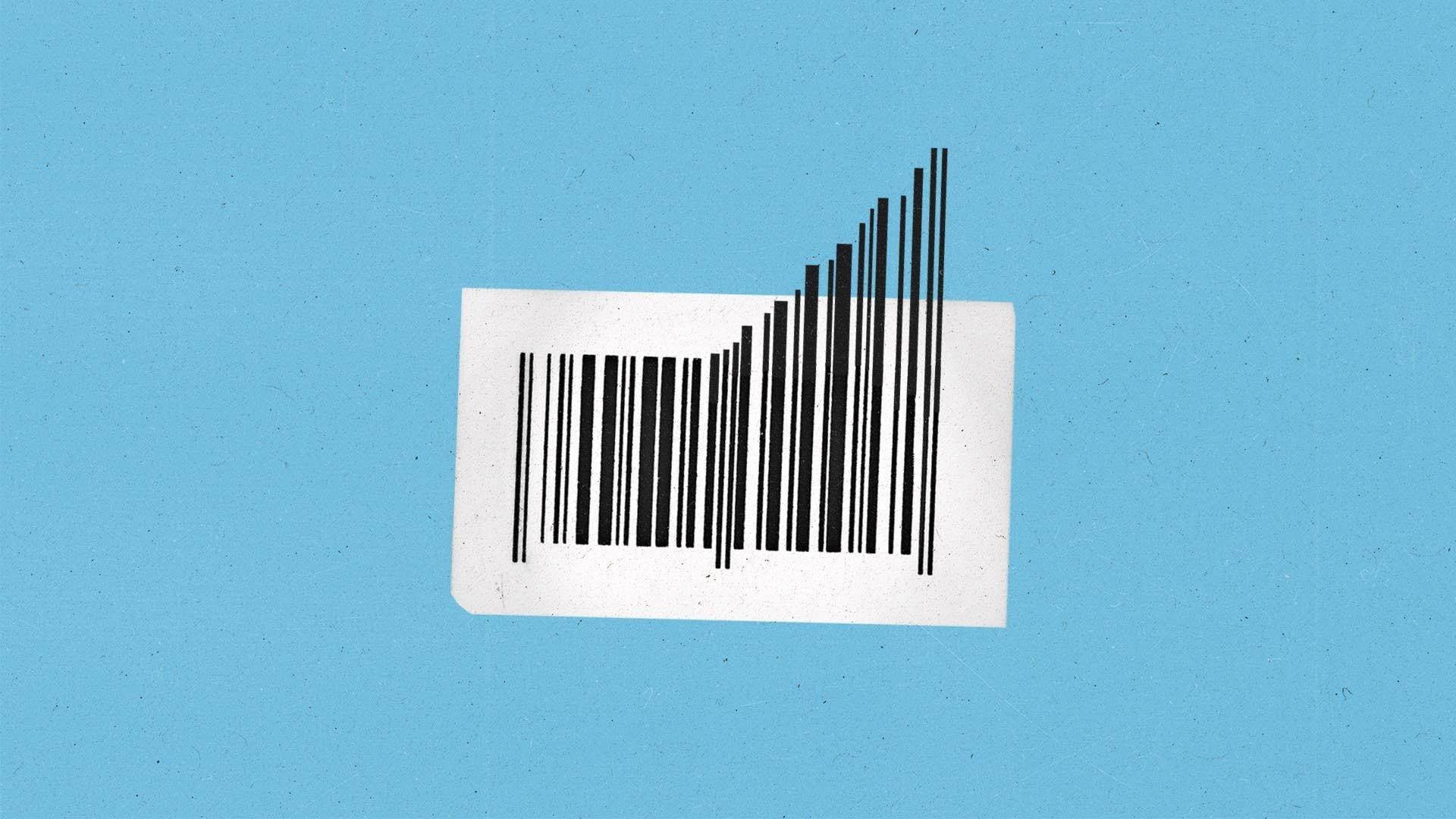How consumer health giant Reckitt is future-proofing its marketing efforts by going omnichannel

Lysol, Finish, and Vanish: These are iconic brands that many of us have purchased at one point or another, their popularity built by iconic TV ad campaigns.
But as consumers spend more time on digital channels across the open internet, the global fast-moving consumer giant (FMCG) behind them, Reckitt, is rethinking how to keep delivering branding excellence — and corresponding sales — in the face of media fragmentation and complexity.
The Current spoke with Sonia Marruedo, head of media, digital, and strategic alliance at Reckitt Iberia, and veteran FMCG marketer, on how the consumer-health giant is aiming to future-proof its marketing by going omnichannel.
Why omnichannel is the future of advertising
Twenty years ago, big consumer brands like Reckitt could just run one-way ads on TV and wait for sales to come in. “The big difference happened when we realized that consumers had new ways to give feedback and to spread the message, whatever the message is, via digital, via social media and so on,” says Marruedo. “This change in the balance of power has been a very important step and has put the consumer where they should be — in the center.”
Consumers are now exposed to many different channels, in different moments of their daily lives and throughout their customer journeys. “About one-third of our media investment is omnichannel, but for me that is still low, even if it is increasing year after year, because the consumer is evolving,” says Marruedo.
For a multi-brand firm like Reckitt, which counts brands as disparate as Durex, Nurofen and Strepsils, this evolution of consumer media habits has also instigated a flexible approach to media planning.
“I don't plan doing TV first and digital after. I plan by thinking about what my target is. For example, in Reckitt Health, the target for Durex condoms is much younger than the Nurofen target. So everything starts from being customer-centric,” says Marruedo.
“For Durex targets, TV is still the most-consumed platform and one of the cheapest, so today we start with that, but this is changing,” Marruedo adds. “I think that in no more than two or three years, for Durex for example, the main media platform will be digital.”
This agile thinking at the highest levels of FMCG marketing leadership arguably started with a disruptive force in the industry: direct-to-consumer startups.
“I admire startups. They are much more agile and are able to follow the consumers and deliver different, relevant messages,” says Marruedo. “Big companies like ours are not only fighting with P&G or Unilever but also with small startups that are doing very well and are growing very fast, and they’re a big inspiration about wise usage of omnichannel.”
Replacing linear TV
In Spain, linear TV is still very important, says Marruedo, even in the face of declining consumption across all demographics. “It is still a good and cheap media [platform] to achieve reach, and this is difficult to beat. That makes companies a little comfortable with delivering as if it were 20 years ago. But things are changing very, very quickly.”
Marruedo says Reckitt is aiming to increase the percentage of connected TV spend. However, challenge in measurement and planning stand in the way. “Measurement because we don't have a single source for everything. And planning because we struggle very often to understand how to allocate to one platform or another.”
Giving advertising access to all this information in one place, like some demand-side platforms (DSPs) can do, is a “very good starting point,” says Marruedo, especially when they include nondigitally native media channels like out-of-home. “Ideally, I would like to deliver everything, including linear TV, with one single DSP. But at this time, it is still a puzzle, to plan and to measure.”
Finding creativity in omnichannel
Like other businesses in the consumer healthcare space, Reckitt is often limited by regulations around its consumer data usage. But that just means Marruedo’s team needs to lean more on creativity. “Maybe you cannot retarget or get leverage on the data, but for example with a stomach-ache medicine, you can try to target people that are together with friends watching a football match. Digital channels help us a lot to target perfectly.”
But she also believes an obsession around which channels are best misses the most important point: eliminating media waste, which can be done through smart targeting and usage of data. Omnichannel is just a great way to get there.
“It is continuous work to check whether a target is still [on a media platform] or not. But in a couple of years, we will start with digital and then probably will use linear TV to complement reach,” Marruedo says.
Subscribe to The Current
Subscribe to The Current newsletter